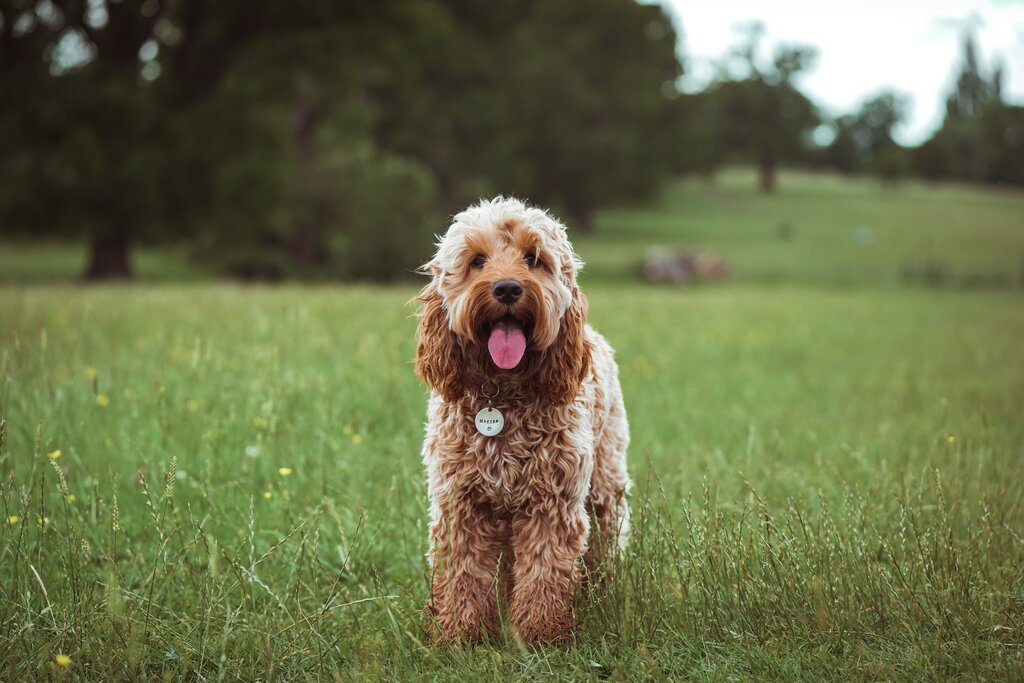The good news is that Cushing's in dogs can be easily treated. However, the type of treatment your dog needs depends on the type of Cushing's Disease your dog has.
- If a Pituitary tumour is the cause, treatment can be a little complicated but is usually managed with medication. (Brain surgery to remove a tumour is not the norm in veterinary medicine!) Either trilostane or mitotane might be prescribed for daily administration.
- If an Adrenal tumour is the cause, the best treatment is a surgery to remove the tumour. If the entire tumour can be removed, there is a good chance that the dog will return to normal health.
- If Iatrogenic Cushing's is the cause - ie, caused by administration of steroids - the treatment involves discontinuing the steroids. This often results in a recurrence of the original condition that the steroids were treating, but over time you and your vet may be able to make adjustments in which a balance can be found.
As discussed earlier, a pituitary tumour is the most common cause. A dog with pituitary dependent Cushing's can live a normal active life with medication, which moderates steroid production. It is important not to give too much of your dog's Cushing's medication because if steroid levels drop too low, you may push your dog into Addison's Disease (hypoadrenocorticism).
Ongoing care with regular vet check ups will be necessary to monitor your dog's progress and response to medication.
Home care for a dog with Cushing's
In addition to giving your dog their medication daily, you will need to monitor your dog's drinking and urination. It's important never to restrict your dog's access to water, and your vet may recommend keeping a water diary to note how much your dog is drinking. It's also important to feed your dog an appropriate food and limit treats and table scraps, - particularly those that are high in fat, salt, or sugar. Every tidbit adds up and can contribute to weight gain, which makes Cushing's Disease unpredictable and more difficult to manage.




